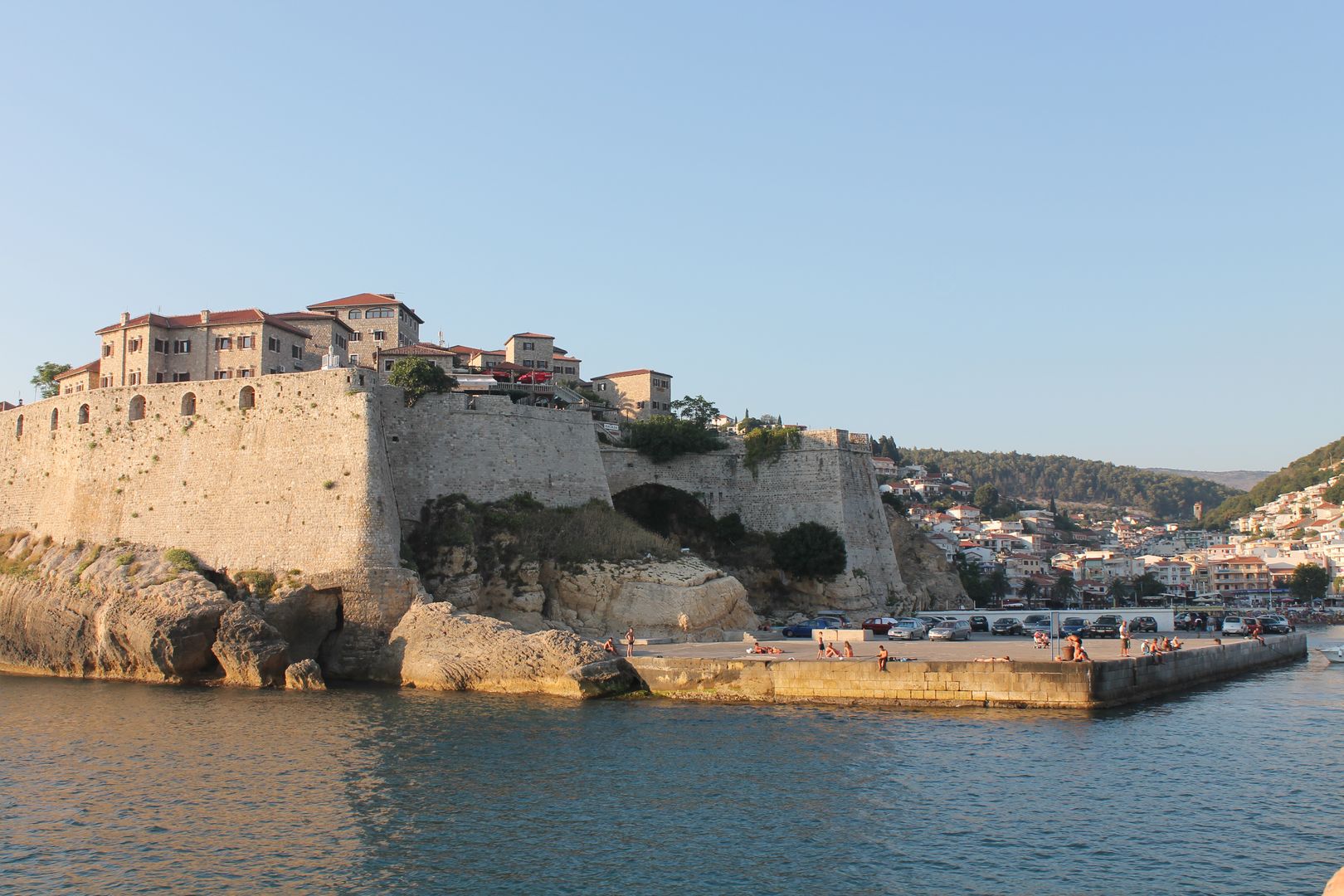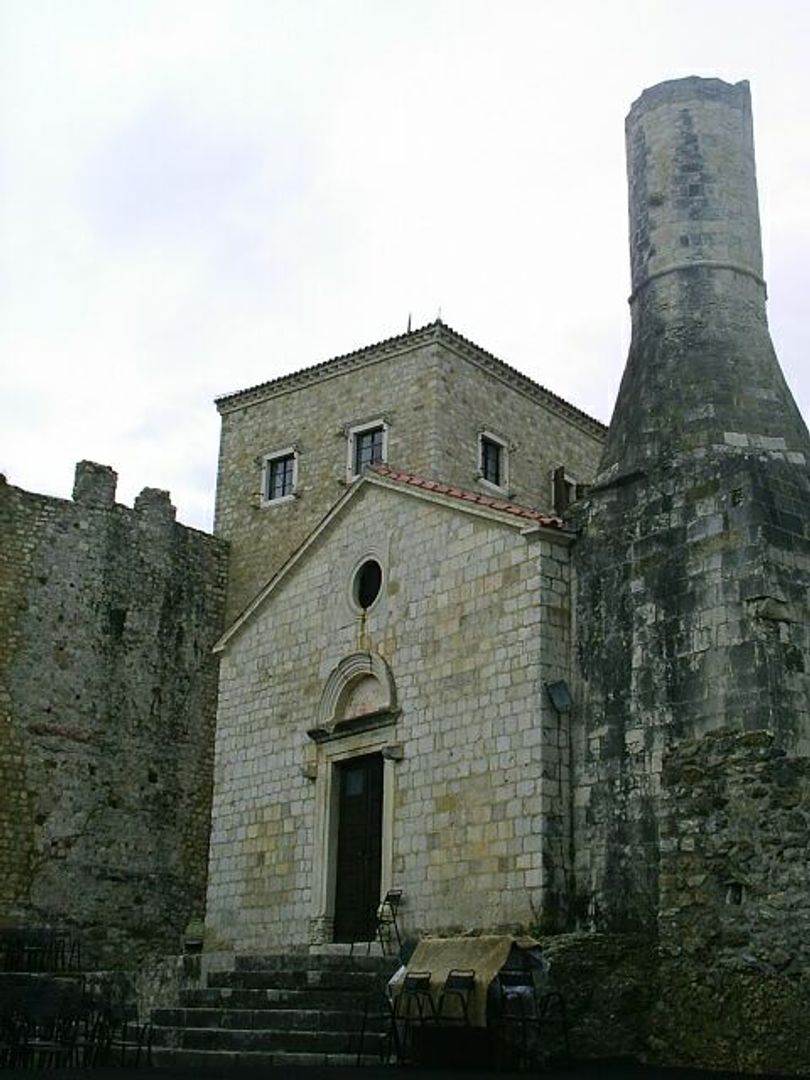Ulcinj Castle
6.02

Overview
Ulcinj Castle (Kalaja e Ulqinit) and the Old Town (Stari grad Ulcinj) form an ancient fortress and historic district in Ulcinj, Montenegro, renowned for their rich history and diverse cultural influences. Built by the Illyrians on a small peninsula, the site features Cyclopean walls, which are among its oldest remains. Over the centuries, the castle was rebuilt by the Byzantines, Serbs, Venetians, and Ottomans, while the modern city of Ulcinj developed beyond its walls. The Old Town is one of the oldest architectural complexes along the Adriatic, characterized by medieval, winding streets and houses adorned with Renaissance and Baroque elements. The complex also includes Ottoman-era baths and other buildings. The Balšić Tower, which dominates the town’s skyline, dates back to the 14th century. It once served as a residence for local rulers and now functions as an art gallery. The castle also housed Venetian administrators and, during Ottoman rule, was the home of the local governor. In the 18th century, Ulcinj became a significant slave market, with Ulcinj pirates capturing people from Italy and Dalmatia, and later from Africa. Legend has it that the cult of water was important to the community, and many fountains built here hold religious significance. Their construction was often linked to benefactors, and the water was used both for daily needs and for rituals honoring the souls of the deceased. The oldest fountain was built between 1749 and 1750, and local springs, such as the "fairy water," are shrouded in legends about their healing properties. Additional interesting facts include mentions in medical traditions of children with asthma who were believed to benefit from the healthful properties of walking in the local pine forests. Thanks to its rich history, diverse cultural influences, and captivating legends, Ulcinj preserves abundant evidence of centuries of human presence and interaction with the environment.
Location
Country
You can also find here:
2025 Wizytor | All Rights Reserved
